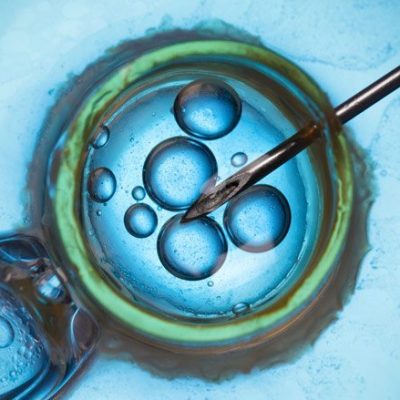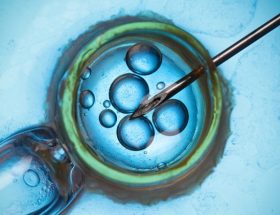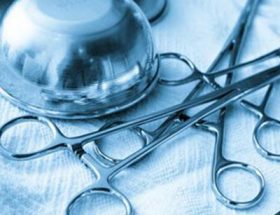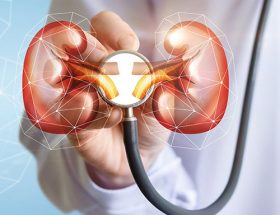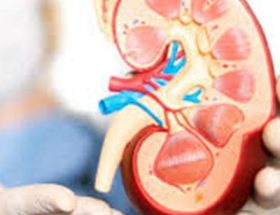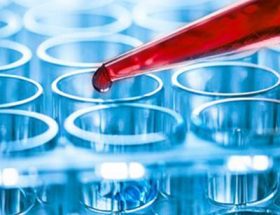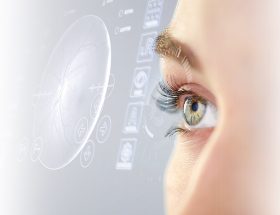A child is one of the most beautiful gift of God. It is a very distressing situation for a couple when they experience childlessness especially in our local culture of Pakistan. It is usually expected from a couple to produce a baby as soon as possible after marriage and if this does not happen, the couple has to face many questions and interrogations to which they do not have any answer. Their frustration increase as they realize that things are not in their control. Their hopes build up every month and when nothing happens they are shattered down. They ride through this emotional rolle4r coaster every month till their nerves come to a breaking point. Women are generally more affected by the social stigma being childless then men and thus they are the ones who suffer the most.
Prof. Dr. Saqib Siddiq
www.saqibivf.com
Obstetrician ” Gynaecologist,
IVF & ICSI Consultant
REPRODUCTIVE ENDOCRINOLOGIST
ART Consultant
THE MANAGEMENT PROTOCOL:
When to seek advice:
A couple should seriously thing about seeking medical advice if they still remain childless after one whole year of trying. If the wife is more than thirty years of age they should approach a doctor after six months of trying since increasing female age has profound effected on the success rate of the treatment cycles.
Initial Consultation & Counseling:
The couple should go together to see the expert as there are many things that need to be discussed. The couple is interviewed in detail about their reproductive and health history to identify possible reasons for the causes of their infertility. The details of any previous test (investigations) or prior treatment are review3ed in detail, this aid in planning future management. A full general physical examination is performed.
The normal process of reproduction is explained to the patients so that they can grasp and understand the purpose of different steps taken. Relevant initial test are ordered which are usually; semen analysis, Ultrasound scan, and few blood test. These test will tell us if the problem lies in ovulation (egg formation) or sperm production or is there any other pathology in the ovary or uterus (womb).
Follow up Consultations:
The result of previous test are discussed. Fe more advanced test might be required like laparoscopy, to look inside tummy of the female by camera, under general anesthesia. This will give full information about the fallopian tubes (ovi ducts) which are very important and crucial organs fore pregnancy to occur. If the husband’s semen shows no sperm then he will need few more specific test to find out if he is producing sperms inside the testicles or not.
If a certain cause of sub fertility is identified, the treatment is directed accordingly. It is a proven fact that 30% of the time the problem lies within the male and 30% of the time there is a female factor responsible. While 30% of the time there is both male and female factors leading to sub fertility and in the remaining 10% of case the cause is unknown (unexplained infertility). After determining the source of the problem, different treatment options are discussed with the patient. Treatment is always individualized as this gives the best results.
TREATMENT OPTIONS
Ovulation Induction any Cycle Monitoring
This is simple procedure and is the first choice when Semen is normal and the fallopian tubes are functioning normally. The wife is given drugs in tablet or injectable form to stimulate her ovaries gently so that she may form more than one egg. This process of follicle with egg formation is observed and monitored trans-vaginal ultrasound. Once the follicles are of mature size, an intramuscular injection is administered to achieve the final release of eggs. the couple is advised to practice the regular intercourse for the next few days as this is the best time to achieve a pregnancy.
Intra Uterine Insemination (IUI)
This is usually the second step when fallopian tubes are normal and semen report is either normal or has border line problems. Ovulation induction can be done or the natural cycle may be used. Once follicles are mature the couple comes to the center and a semen sample is collected and processed in the lab. The semen is washed and centrifuged. Then swim up technique is used to collect best quality of rapidly motile sperms. Then these washed sperms are injected into the wife’s uterus. This is a pain less procedure. The couple goes home and for next few days intercourse is encouraged. The success rate is nearly 10 to 15% with this procedure and it can be repeated up to a maximum of six times if necessary.
In-Vitro Fertilization (IVF) and Embryo Transfer (ET)
This is commonly known as “test tube baby” The first test tube baby was born in 1978 in UK and since the thousands of babies all around the world have been born using this technique. In case of fallopian tube pathology this is the only solution which can be offered, the other categories of patients who would benefit from this option include those with polycystic ovarian disease, endometriosis, more than five years of treatment failure, and those with unexplained infertility. The semen analysis must be normal.
Different steps of treatment are as follows:
1. Suppressions and stimulation of ovaries:
Different drug protocol is being used to control and enhanced ovarian function. The drug protocols are decided according to the patient’s individual requirement. The whole idea is to produce a responsible number of follicles which will contain mature and good quality eggs. Usually we aim for ten to fifteen eggs.
2. Monitoring of follicles:
This is performed by ultrasound scan and hormonal blood test. Internal ultrasound scan by vaginal prob is performed. This is a painless procedure and does not need a full bladder. It is done every alternate day after follicles start maturing once a satisfactory number and size of follicles are right and an appointment is given for egg collection after 32 to 36 hours.
3. Egg collection:
It is done by ultrasound guided follicle aspiration in an operation theater under general anaesthesia. This procedure takes 5 to 20 minutes. The vaginal ultrasound probe is inserted in the vagina and a hollow needle is pierced in each follicle to suck out the fluid which contains the egg. The simper technique is to insert a needle and aspirate some fluid to check for the presence of mature sperm. This is called TESA. If sperm can not be obtained by this technique then a small piece is removed from tests under general anaesthesia (Testicular sperm extraction, TESE). This small piece is checked in the laboratory and mature sperms are extracted. Sperms collected through SSC are sued for ICSI and thus pregnancy can be achieved.
4. Sperm preparation:
The semen is washed and prepared to separate the good quality sperms. Usually the husband is asked to have prior abstinence of two to five days.
5. Insemination of eggs:
The eggs are kept in culture medium in a dish or test tube to provide nutrition. Then each egg is mixed with about 50,000 to 100,000 sperms under strict environment control. Next day they are checked for fertilization and on the following day for embryo formation.
6. Embryo transfer (ET):
The very best embryos are selected and two or three are transferred inside the uterine cavity. This is painless and very simple procedure which take sonly a few minutes. To achieve better pregnancy rates some hormonal drugs are prescribed in the form of tablets, vaginal pessaries and injections. A pregnancy test ultrasound scan is ordered after two weeks. The success rate is usually 30 to 40%. This increase with the number of cycles attempted and multiple cycles have a better success rate. The rate decreases as the age of the female increase as the quality of eggs decrease after the age of 35 years.
Intra Cytoplasmic Sperm Injection (ICSI):
This is the only answer for male factor infertility. It is an advance technology for males have only few normal sperms. A single sperm is picked and injected directly inside an egg. This procedure is performed by a highly trained scientist and under very fine microscope. The whole cycle is run in the same way a sin IVF. It is the laboratory work which is more sophisticated and high tech.
Surgical Sperm Collection (SSC):
This is for those men who have no sperm in their semen. In this technique sperm is collected directly from the testicles.
Pre implantation Genetic Diagnosis (PGD)
This is a technique is which embryos genetic make-up is determined before transferring it to the uterus. Embryo biopsy is performed and genetic testing is done to identify chromosomal defects for example downs syndrome (trisomy 21). The sex of the embryo can also be determined using this technique.
Ethical and Religious Aspects:
We strive to maintain a strict ethical and moral protocol in all of our dealings. Confidentially is rigorously observed and every patient is given a specific code number. All samples are labeled and given code numbers leaving no chance of mixing.
Islamic ethics are maintained and we prioritize the law of the Shahriah. We only use husband’s sperms and wife’s eggs. Sperm, egg or embryo donation is not practiced.

